(aka Black-capped Mockingthrush, Black-capped Donacobius)
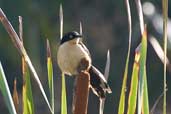
There is some debate about the place of this species in taxonomy and it was believed that the Donacobius belonged in the Wren family rather than with the Mockingbirds. However, the HBW and Birdlife International checklist now states that DNA studies show it to be an "aberrant, Neotropical isolate "sylvoid" that requires its own family."
It is found in grass or marsh surrounding pools, lakes and rivers and is distributed in tropical lowlands of South America. See the distribution map at Birdlife International.
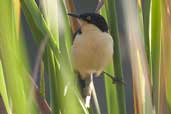
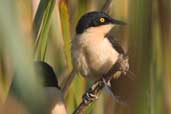
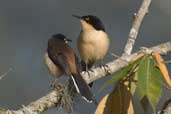
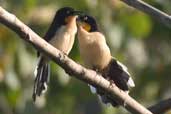
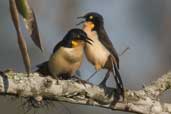
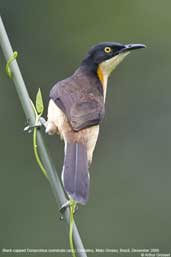
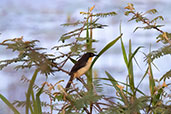
| Previous Page | Back to Index | Next Page |